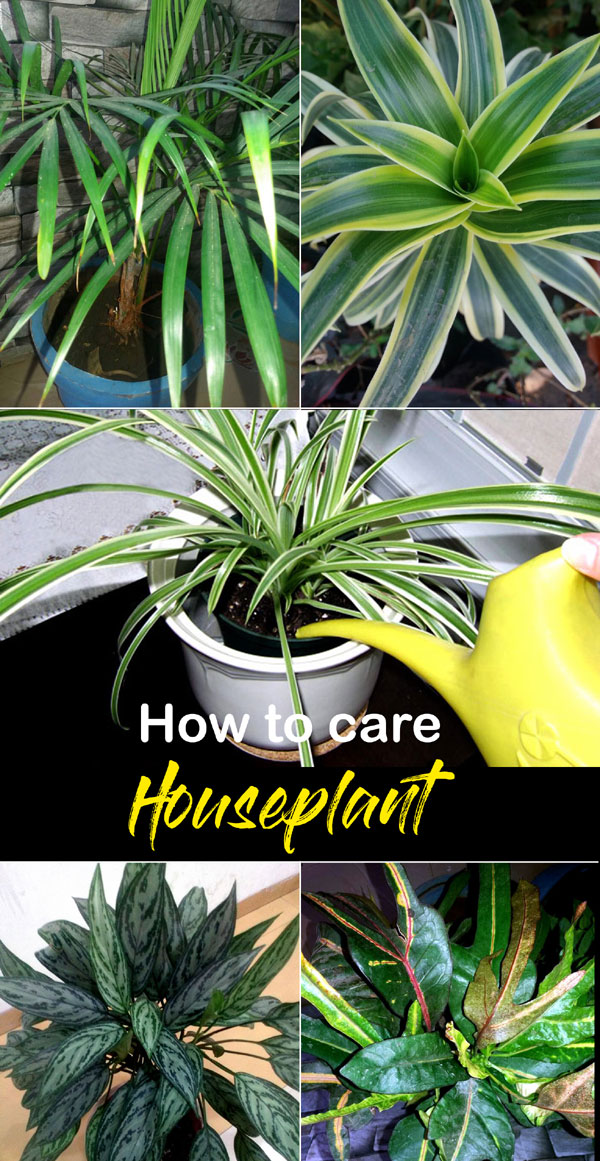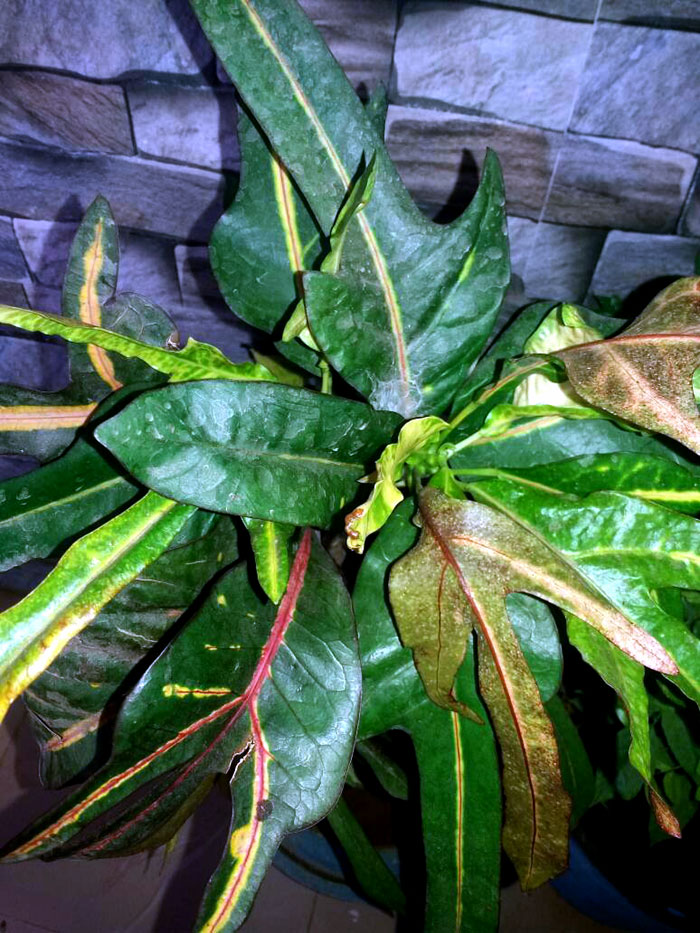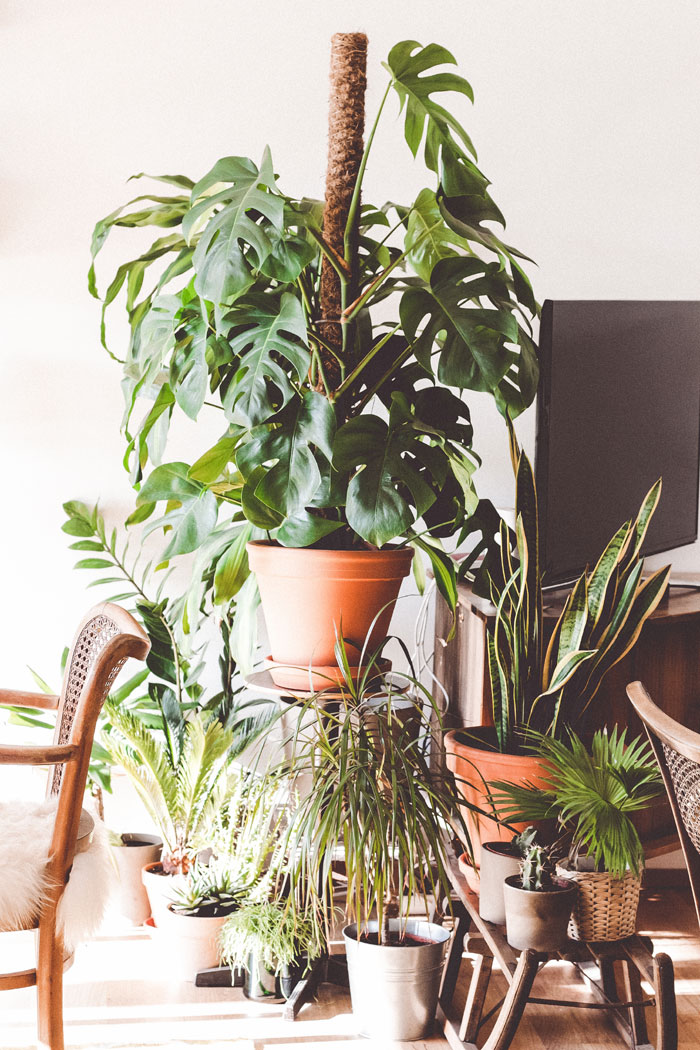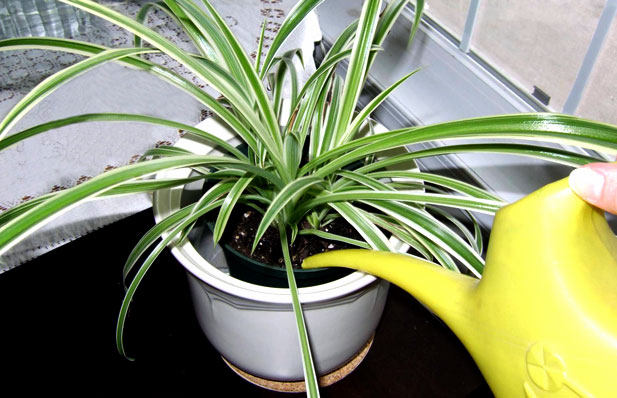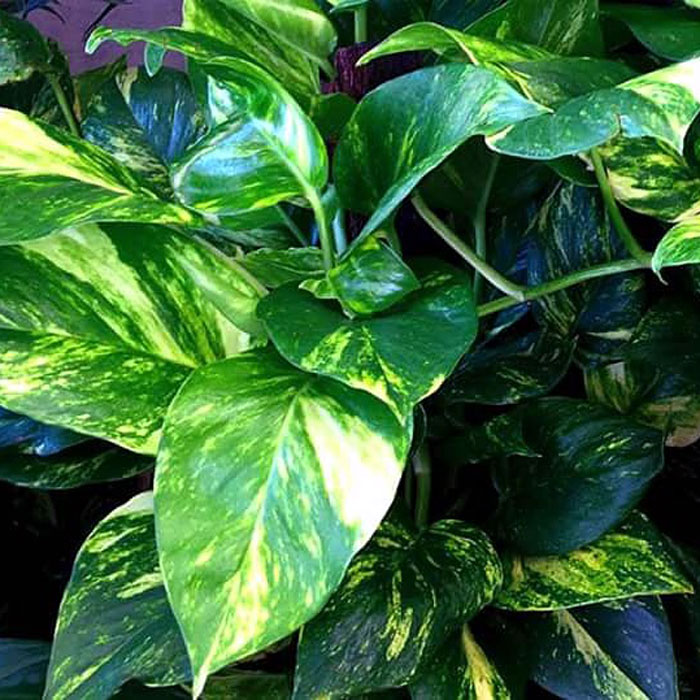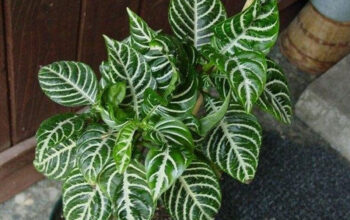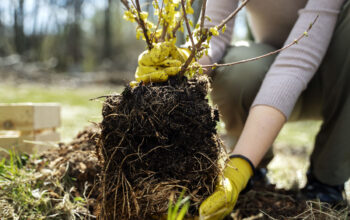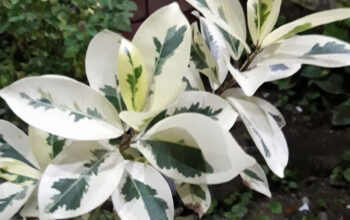Houseplants care (indoor plants care)
Learn Houseplants care (indoor plants care), How to keep your Indoor Plants healthy and happy, light, Watering, Moisture, Fertilization, Re-pot, Change Place of your plant, Pruning, and Cleaning, Pests problems of Houseplants and Winter care your Houseplants. You all want to keep your room lively and for this, you add some houseplants in the living space, it makes your home beautiful and adds colors. The houseplant is also necessary to keep you happy and healthy, along with the beauty of the house. But if you do not have complete information, the plants inside the house can die or get sick, because they live in low light and they need to be more careful.
Indoor plants care
light
If you are considering planting a houseplant in your home then definitely have ideas about lighting arrangements. Some plants are like those which require a lot of light to flourish, while some also do good servings in lower levels of light. If you look at plants in south-and west-facing windows, plants get full sunlight. Plant partial shade from east side windows and in the windows of the north, less light is obtained. In this way, you can choose their place according to the plant. The flowering plant should be within 3 feet of the sunny window.
Watering
When giving water to the houseplants, it is important to keep things in mind. The greatest loss to the houseplant is due to overwatering. The cause of death of most houseplants is also overwatering. You should make sure that how much water your indoor plant, instead of excessive wetting, you will keep the soil dry, and the plant will benefit. Separate houseplants have different water requirements, depending on the plant’s growing condition, the type of plants, and the weather changes. Therefore, instead of any calendar schedule, water should be provided on an essential basis. Normally when the surface of the container dries 1/2 to 1 inch, it should be watered. There are some plants which have low water requirement such as cacti and lush, flower plants usually require more water. Read more.
Moisture
- Moisture is an exact factor in plant growth and health. Most homes are quite dry in winter. If there is a houseplant at home then definitely have ideas about humidity.
- Houseplants come from many tropical areas, where humidity is naturally higher. So if you keep the level of relative humidity at 50 percent or more, it is like the plant.
- Plants such as cactus and succulent can tolerate low levels of moisture. To increase the humidity in the house plant, place your pot on a shallow tray filled with gravel. Group Houseplants near each other to build support groups to deal with the low humidity of most winter homes. To increase the humidity, set the plants on the shallow tray of the moist gravel. Sometimes you can use the humidifier to deal with indoor dryness. Read more.
Fertilization
However, plants use photosynthesis to survive, but from the perspective of health and growing needs also require more direct food. They are happy and healthy by providing fertilizers to houseplants. You can choose a granule fertilizer medium for food, which breaks down over time. You can also add water-soluble fertilizer directly to your plants. Granule medium you can add to your plant every few months, while soluble fertilizers should be applied every two weeks. If you use a special fertilizer then read the instructions written in packets. A balanced fertilizer (10-10-10) works very well for houseplants, a high proportion of nitrogen fertilizer boost more foliage growth. You should use more phosphorus fertilizers for flower plants. you can use Miracle-Gro Water Soluble All Purpose Plant Food is available on Amazon.
Re-pot
You also need to re-pot your houseplant. For your plants, you should consider the size of the new pot, the type of pot and the use of new soil. After a time the roots of the plant are bond and the unwanted increase of the plant stops, the leaves seem to be small and unhealthy. This is the reason most of the home plants are re-potted during the spring.
Change Place of your plant
Do not change the location of your plants suddenly where there is a huge change in temperature. place plants very slowly from their surroundings to second place. Your plant has a negative effect immediately after planting the plant in the sun-rich region from the low temperature inside the house. If you want to move to another place, move it to a new area for one hour, and gradually drop it into the new area.
Pruning and Cleaning
When the upper part of your plant’s trunk is removed using the thumb and index finger, then it is said to pinch it. It encourages rapid growth by closing the growing tips and your plant becomes compact. It helps in maintaining the plant in the form of a bush. When you pinch the tip of the young stem, it becomes busier and fuller, always pinch one over the node. Pinching of plants like soft-stemmed plants like Coleus, Heartleaf Philodendron, English Ivy and Pothos do good work. The vine can be easily pruned with the help of your nails. With this, the plant looks best and helps prevent pests and diseases.
Pests problems of Houseplants
Before buying any houseplant check for disease or insects. Keep these plants separate for a few days before planting, and make sure there is no problem. Whenever you give the water to the plant, inspect the top and bottom of the leaves for signs of insect or disease. If there is any doubt, then first put the plant apart from other plants and keep them in the open air.
In the houseplant, the insect is actually a problem, which appears after the spring. This is the reason that gardener likes to wash his plants’ leaves several times a year. Anyway, dust and clogged dirt on houseplants look bad; And have a bad effect on plant health. Clogged dust closes the holes of the leaves of the plants, and it becomes difficult for the plant to breathe. This reduces the amount of photosynthesis because the leaves are covered with dust. Dust and grime attract spider mites.
Winter care your Houseplants
Conditions in indoor plants are very difficult in the cold weather. If these plants are kept in the sunlight for a couple of hours in winter, then it is better to survive. You can also maintain cooler indoor temperature by using dryer air. In the winter the houseplants require more supervision. If you live in cold areas, houseplants living outside for summer should be put in late July. Suddenly, in the cool field, your plant may be damaged. This is also the best time to take the cutting.
- In winter the intensity of the sun decreases in the sky and the amount of light in your windows decreases. Those plants that you have kept in the summer near the eastern or northern windows may require southern or western exposure in winter. You can take the plants directly in the sunlight in the winter, which you have kept in the summer in the filtered light.
- In winter, plants can obtain only 5-10% relative humidity inside the house. While houseplants prefer 40-50% humidity. Due to low humidity, the plants pass under stress and the color of the leaves becomes brown and the spider mites presence.
- The most common problem of the home plant in winter is overwatering. Before giving water to them, let the pot soil surface dry completely.
- Continue to give the fertilizer to the plant in a mild climate. Do not fertilize the plant in a cold climate where the level of natural light is low. Read more.
Read also: How to grow star-fruits >in containers. How to grow your own Christmas tree. Growing Lettuce at home. Growing Golden Trumpet vine. Hot peppers growing and caring guide. Aloe Vera herb growing and caring. 11 Best Winter flowers for your garden. Geranium growing and caring tips. Winter vegetable growing at home. 8 Common Gardening Mistake you can easily avoid. Pointed gourd growing and caring tips. 8 Best Air purifier Houseplants.
Happy Gardening.
For Pin:
